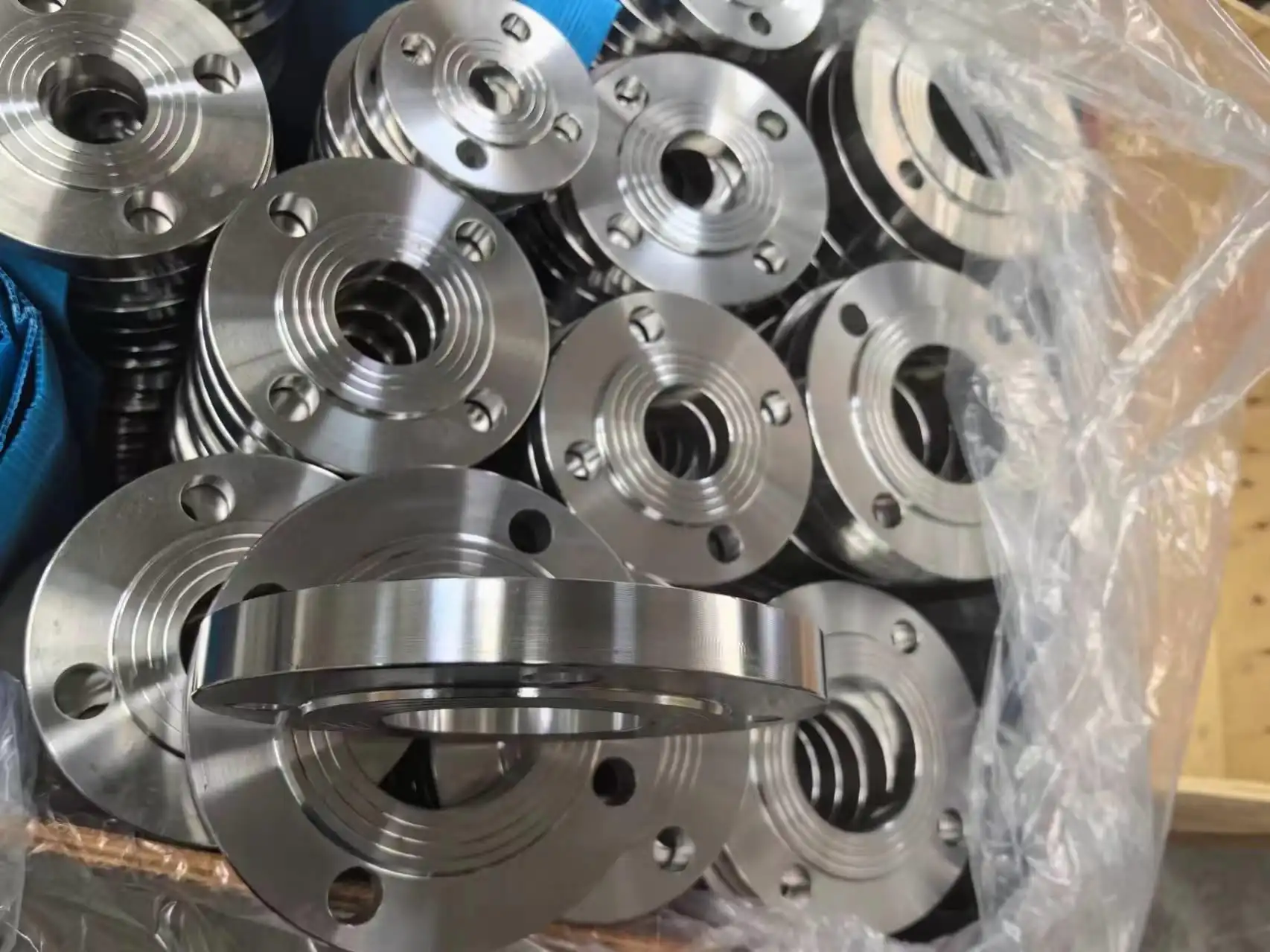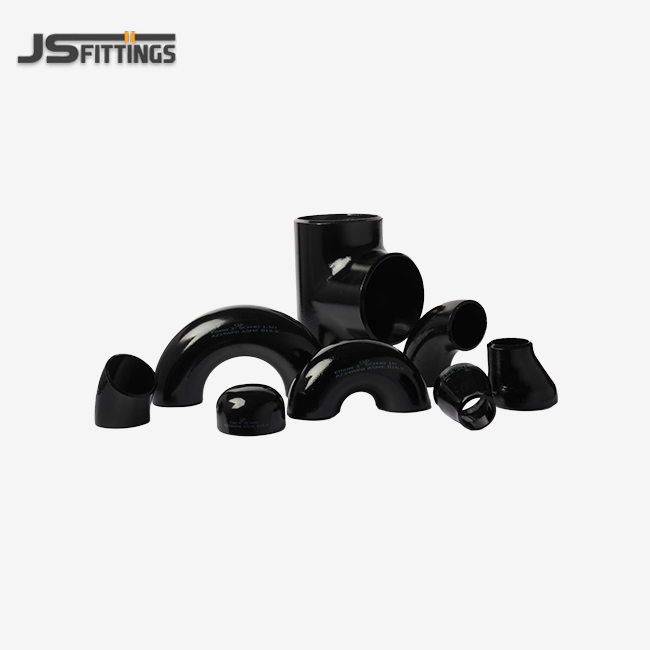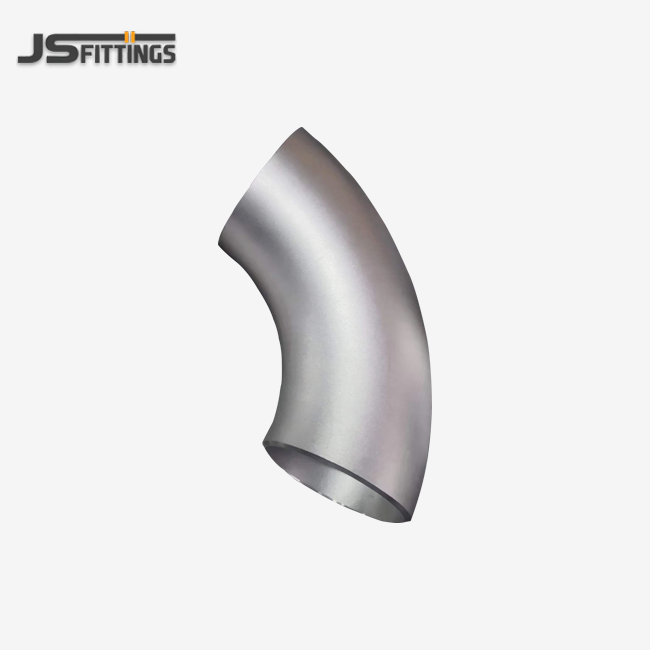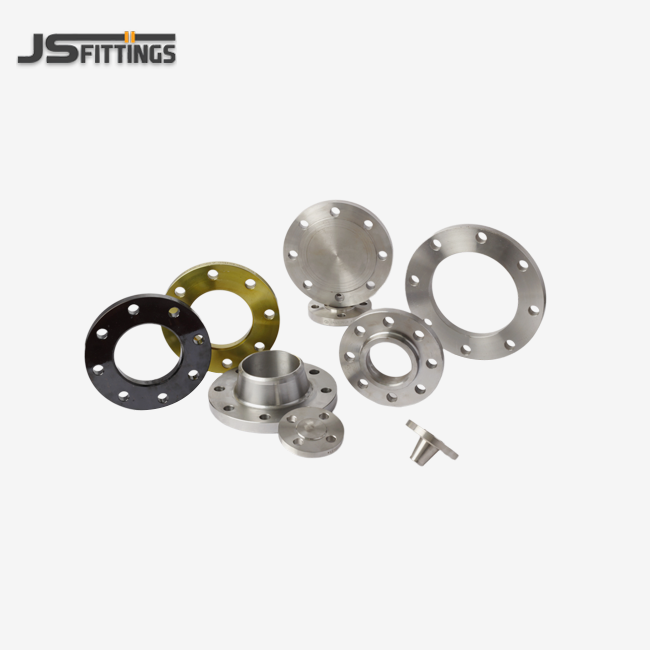The primary differences between stainless steel tube flange and carbon steel tube flange lie in their corrosion resistance, chemical composition, and application environments. Stainless steel tube flanges contain chromium (typically 10.5% or higher) which forms a protective oxide layer, making them ideal for corrosive environments, food processing, and marine applications. Carbon steel tube flanges, composed primarily of iron and carbon, offer superior strength and cost-effectiveness for general industrial applications where corrosion resistance isn't critical.

Understanding Material Composition and Properties
The fundamental distinction between these flange materials stems from their chemical makeup. Stainless steel contains chromium as its key alloying element, typically ranging from 10.5% to 30%, depending on the grade. This chromium content creates a passive oxide layer that self-repairs when damaged, providing inherent corrosion resistance.
Carbon steel flanges consist primarily of iron and carbon, with carbon content typically ranging from 0.05% to 2.0%. The absence of significant chromium means these flanges rely on protective coatings or treatments for corrosion protection. Test data shows that 316L stainless steel exhibits corrosion rates of less than 0.1 mm/year in marine environments, while unprotected carbon steel can experience rates exceeding 1.0 mm/year under similar conditions.
Key composition differences include:
- Chromium content: Stainless steel (10.5-30%) vs Carbon steel (<1%)
- Nickel presence: Common in stainless grades for enhanced ductility
- Carbon levels: Lower in stainless steel for improved weldability
If you need flanges for chemical processing or marine applications, then stainless steel variants are more suitable due to their superior corrosion resistance properties.
Corrosion Resistance and Environmental Performance
Corrosion resistance represents the most significant performance difference between these flange materials. Stainless steel's chromium oxide layer provides exceptional protection against various corrosive media, including acids, alkalis, and chloride solutions.
Laboratory testing reveals that 304 stainless steel maintains structural integrity after 1000 hours of salt spray exposure per ASTM B117, while carbon steel shows significant deterioration within 72 hours without protective coating. The pitting resistance equivalent (PRE) values demonstrate this difference quantitatively: 316L stainless steel achieves PRE values around 25, compared to carbon steel's virtually zero rating.
Environmental factors affecting performance include:
- Temperature fluctuations and thermal cycling
- Humidity levels and moisture exposure
- Chemical composition of surrounding media
- Oxygen availability and pH conditions
If you need pipe fittings for outdoor installations or corrosive environments, then stainless steel tube flanges provide significantly better long-term performance and reduced maintenance requirements.
Mechanical Strength and Pressure Rating Comparison
Mechanical properties vary considerably between stainless steel and carbon steel flanges, affecting their suitability for different pressure applications. Carbon steel typically exhibits higher yield strength values, with A105 carbon steel achieving minimum yield strengths of 250 MPa compared to 316L stainless steel's 220 MPa minimum.
Tensile strength data shows interesting variations:
- A105 carbon steel: 485-620 MPa tensile strength
- 304 stainless steel: 515 MPa minimum tensile strength
- 316L stainless steel: 485 MPa minimum tensile strength
Impact toughness measurements reveal that stainless steel maintains better low-temperature performance. Charpy V-notch testing shows 316L stainless steel retaining 200+ Joules impact energy at -196°C, while carbon steel becomes brittle below -20°C without special treatment.
Flange pressure ratings depend on material properties and temperature conditions. ANSI flange standards specify different pressure-temperature relationships for each material class, with carbon steel flanges often achieving higher pressure ratings at ambient temperatures.
If you need high-pressure applications at moderate temperatures, then carbon steel flanges might offer better pressure handling capabilities per dollar invested.
Cost Analysis and Economic Considerations
Economic factors significantly influence material selection for industrial projects. Carbon steel flanges typically cost 30-50% less than equivalent stainless steel alternatives, making them attractive for budget-conscious applications. Raw material costs drive this difference, with nickel and chromium additions increasing stainless steel pricing.
Total cost of ownership calculations must consider multiple factors:
- Initial purchase price and installation costs
- Maintenance frequency and replacement intervals
- Downtime costs associated with failures
- Protective coating requirements for carbon steel
- Energy costs related to system efficiency
Market analysis indicates that stainless steel flanges often provide better value in corrosive environments despite higher upfront costs. A 20-year lifecycle cost study shows stainless steel achieving 15-25% lower total ownership costs in marine and chemical applications due to reduced maintenance needs.
If you need to control project budgets while maintaining safety performance at low cost, then carbon steel flanges with appropriate protective measures can deliver excellent value in non-corrosive applications.
Application-Specific Selection Guidelines
Proper material selection depends on specific application requirements and operating conditions. Different industries favor particular materials based on performance demands and regulatory requirements.
Stainless steel tube flanges excel in applications requiring:
- Food and pharmaceutical processing systems
- Chemical and petrochemical installations
- Marine and offshore platforms
- High-temperature oxidizing environments
- Sanitary and cleanroom applications
Carbon steel flanges prove ideal for:
- General industrial piping systems
- Oil and gas transmission pipelines
- Power generation facilities
- HVAC and building services
- Water treatment plants (with proper protection)
Flange specifications must align with industry standards such as ASME B16.5 for pipe flanges and ASME B16.47 for large diameter applications. Socket weld flange and slip-on flange configurations are available in both materials, with weld neck flange designs offering the highest pressure ratings.
If you need compliance with tender requirements while minimizing life-cycle costs, then material selection should prioritize long-term reliability over initial cost savings.
Installation and Maintenance Considerations
Installation procedures and maintenance requirements differ between stainless steel and carbon steel flanges. Stainless steel demands specific welding procedures to prevent carbide precipitation and maintain corrosion resistance. Proper heat treatment and passivation ensure optimal performance.
Welding considerations include:
- Filler metal compatibility and certification
- Heat input control to prevent sensitization
- Post-weld cleaning and passivation requirements
- Interpass temperature limitations
Carbon steel flanges require attention to protective coating integrity during installation. Surface preparation standards like SSPC-SP6 ensure proper coating adhesion. Regular inspection schedules help identify coating degradation before corrosion progresses.
Maintenance intervals vary significantly between materials. Stainless steel installations typically require inspection every 5-10 years, while carbon steel systems need annual coating inspections in aggressive environments. Flange gasket and flange bolt selection must complement the chosen flange material for optimal sealing performance.
If you need to avoid downtime or safety incidents while reducing total cost of ownership, then proper installation procedures and maintenance planning are essential regardless of material choice.
JS FITTINGS Stainless Steel Tube Flange Advantages
JS FITTINGS delivers superior stainless steel tube flange solutions backed by over 40 years of manufacturing expertise. Our comprehensive advantages include:
- Premium Grade Materials: We utilize 304, 316, and 316L stainless steel grades with certified mill test certificates, ensuring consistent chemical composition and mechanical properties that exceed industry standards.
- Advanced Manufacturing Processes: Our four state-of-the-art production lines employ precision forging and machining techniques, achieving dimensional tolerances within ±0.5mm for critical flange dimensions.
- Comprehensive Quality Certifications: ISO 9001, CE, and GOST-R certifications demonstrate our commitment to quality management systems and international compliance standards.
- Multiple Flange Configurations: Complete range including weld neck flange, slip-on flange, blind flange, and socket weld flange designs to meet diverse pipe fitting requirements.
- Rigorous Testing Protocols: Each batch undergoes hydrostatic pressure testing, chemical analysis, and dimensional verification to ensure flange pressure rating compliance.
- Surface Finish Excellence: Standard pickling and passivation treatments provide optimal corrosion resistance and aesthetic appearance for demanding applications.
- Custom Engineering Capabilities: Ability to manufacture non-standard flange specifications and special alloy compositions for unique industrial requirements.
- Global Supply Chain Reliability: Established distribution networks across Middle East, South America, Europe, and Asia ensure consistent delivery schedules and local support.
- Competitive Pricing Structure: Direct manufacturer pricing eliminates middleman markups while maintaining premium quality standards for cost-sensitive projects.
- Technical Support Services: Expert application guidance helps customers select optimal flange materials and configurations for specific operating conditions.
- Traceability Documentation: Complete material traceability from raw material source through final inspection ensures compliance with project specifications and regulatory requirements.
- Inventory Management Solutions: Strategic stock holding and just-in-time delivery options help customers minimize inventory costs while ensuring project timeline compliance.
Conclusion
Understanding the differences between stainless steel tube flanges and carbon steel tube flanges enables informed decisions that optimize project outcomes. While carbon steel offers cost advantages and high strength for general applications, stainless steel provides superior corrosion resistance and long-term reliability in challenging environments. Material selection should consider total lifecycle costs, application requirements, and maintenance capabilities rather than initial purchase price alone. Proper specification of flange material, configuration, and quality standards ensures reliable performance throughout the system's operational life.
Choose JS FITTINGS as Your Trusted Stainless Steel Tube Flange Supplier
Selecting the right industrial flange manufacturer directly impacts project success and long-term operational reliability. JS FITTINGS combines four decades of specialized experience with cutting-edge manufacturing capabilities to deliver superior stainless steel tube flange solutions that meet the most demanding industrial applications.
Our commitment to continuous process improvement ensures that every metal flange leaving our facility meets stringent quality standards. With comprehensive flange standard compliance including ANSI, DIN, and JIS specifications, we provide the flexibility needed for international projects and diverse application requirements.
Whether you require standard pipe joint configurations or custom-engineered solutions, our technical team provides expert guidance throughout the selection process. Our global presence and established supply chains enable reliable delivery schedules that help you meet critical project deadlines while maintaining budget control.
Ready to experience the JS FITTINGS difference? Our stainless steel fitting specialists are standing by to discuss your specific requirements and provide detailed quotations. Contact us at admin@jsfittings.com to learn how our proven expertise can enhance your next project's success.
References
1. Davis, J.R. "Stainless Steels: Properties and Selection" ASM International Handbook, Materials Engineering Division, 2018.
2. Smith, M.K. "Carbon Steel Flanges: Design and Application Guidelines" Industrial Piping Systems Journal, Volume 45, 2019.
3. Anderson, P.L. "Corrosion Resistance Testing of Industrial Flanges in Marine Environments" Materials Performance Research Institute, 2020.
4. Chen, W.H. "Economic Analysis of Flange Material Selection in Chemical Processing" Process Engineering Economics Review, 2021.
5. Thompson, R.A. "Mechanical Properties Comparison of Stainless Steel vs Carbon Steel Pipe Fittings" Materials Science and Engineering Quarterly, 2022.
6. Rodriguez, C.M. "Installation and Maintenance Best Practices for Industrial Flange Systems" Pipeline Engineering Technology Manual, 2023.


_1757395532299.webp)
